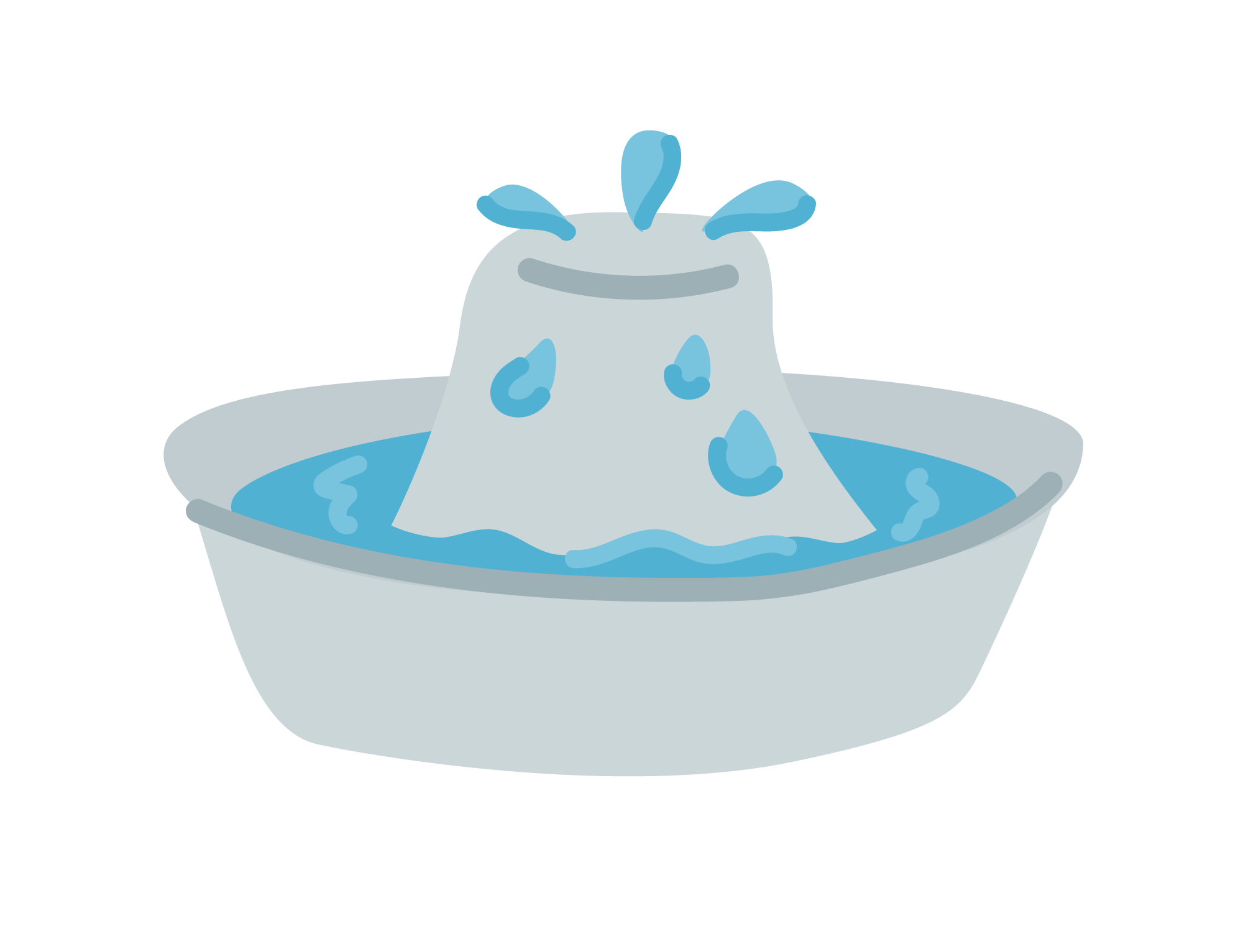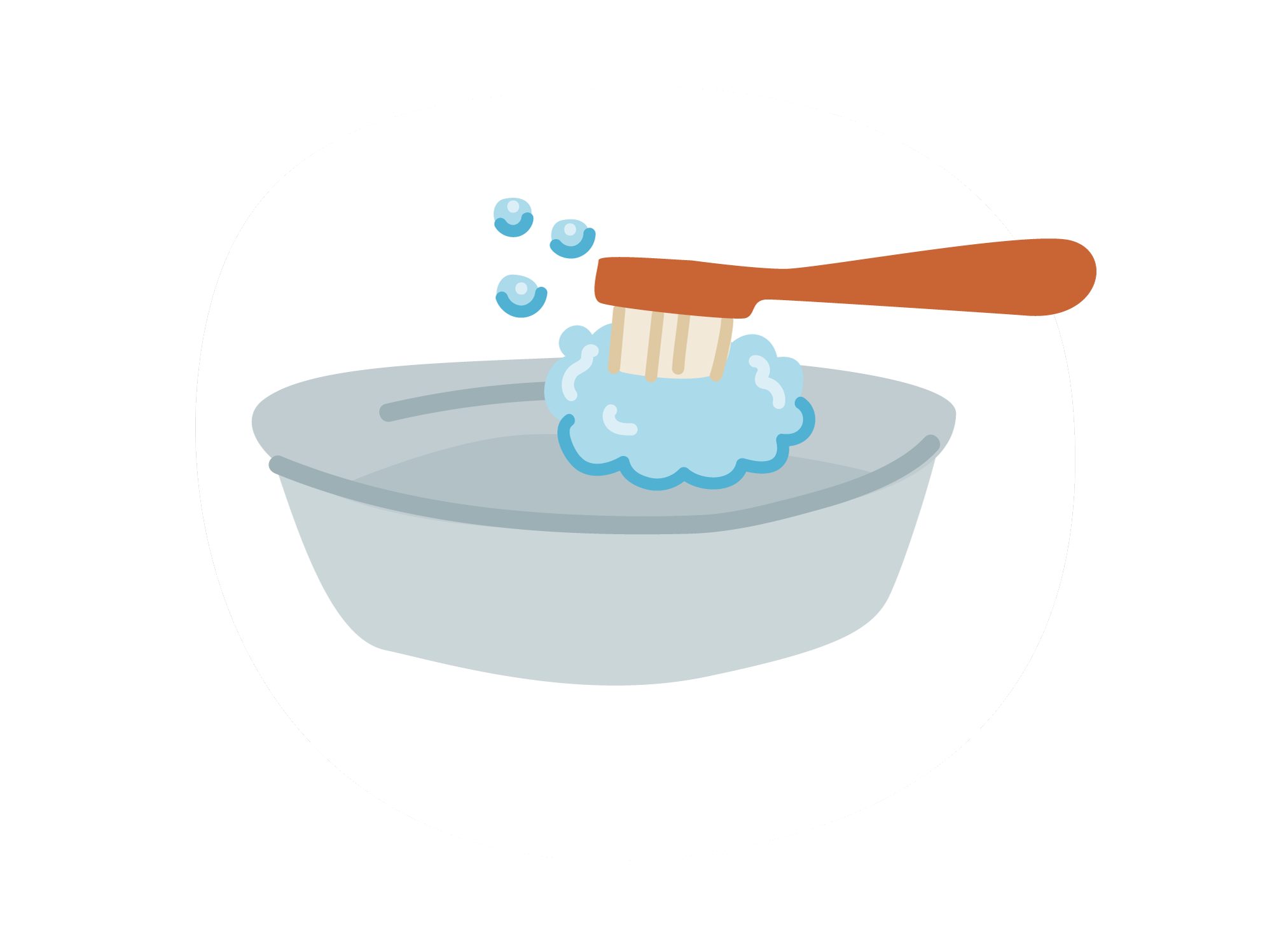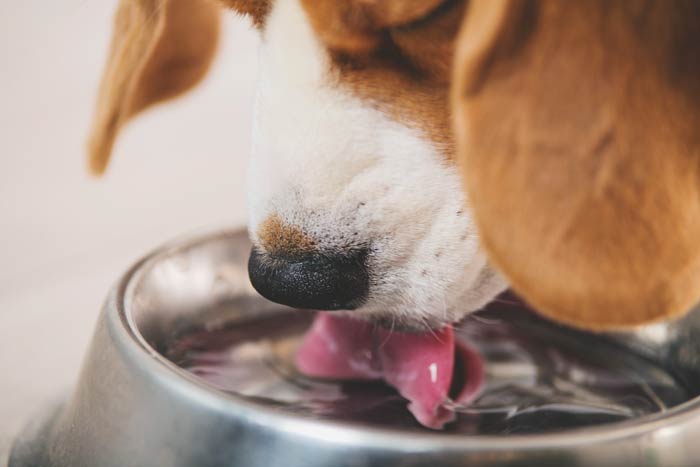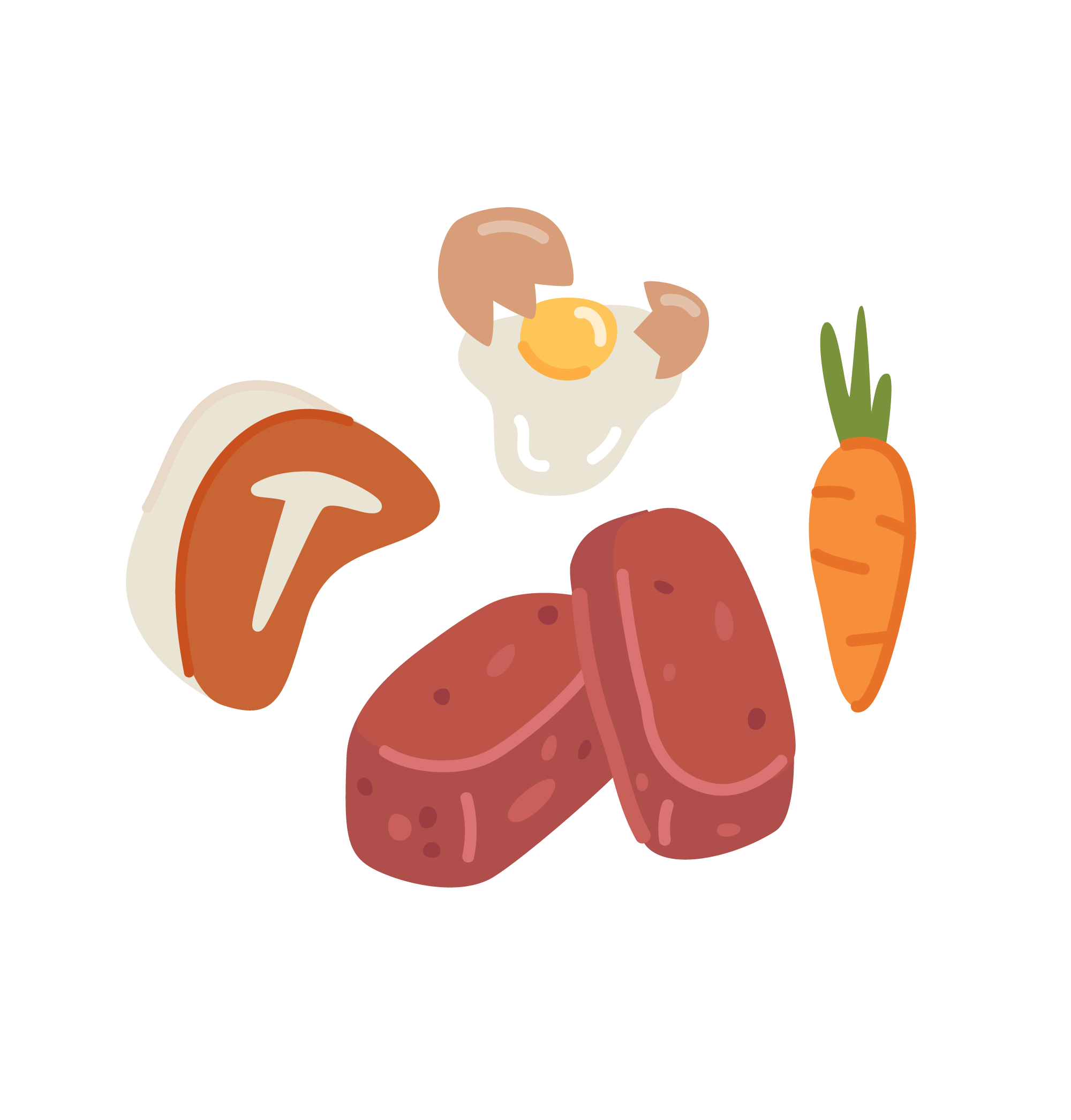Dehydration in pets


Water is the main component of every living being, vital for maintaining healthy bodily functions. Without adequate water consumption, your pet will enter a state of dehydration. Learn how to keep your pet hydrated and healthy, with diet and tips to encourage your pet to drink more water. Dehydration in pets can have serious health effects, so being able to spot the signs so you can act fast.
What is dehydration in pets?
Dehydration can be defined as a harmful reduction in the amount of water in the body. Dehydration occurs when more fluid is lost than taken in, prohibiting the body from functioning normally. It's important to know that dehydration in your pet can lead to problems such as kidney failure and urinary tract infections, particularly in cats.
Causes of dehydration in pets
Your pet’s natural body functions like panting, urinating, and defecating all cause loss of fluids throughout the day, however this is totally normal and as your pet eats and drinks, the lost water is replenished.
There are several reasons why your pet may become dehydrated, these include:
- Heatstroke
- Persistent vomiting or diarrhoea
- Inadequate fluid intake
- Passing urine more frequently and in larger volumes than normal
All dogs and cats are at risk of dehydration if they don’t drink enough water or eat enough foods high in moisture. If your pet eats wet food, you may notice that they won’t drink as much water. That’s because your pet is consuming water when they eat. Pets who mainly eat dry food won’t consume as much water from their food and will need to get hydrated by drinking water. Cats don't have a strong thirst drive, so getting them to drink water can be difficult.
Symptoms of dehydration in your pet
The most common symptoms of dehydration are
- Sunken eyes and loss of skin elasticity
- Dry gums and nose
- Lethargy and weakness
- Collapsing in extreme cases
What to do if your pet is dehydrated
You should contact your vet if your pet is suffering from continuous vomiting or diarrhoea. Call your vet immediately if your dog is displaying signs of shock, heatstroke, or severe dehydration.
Pets experiencing extreme dehydration will normally be treated with IV fluids to help rehydrate them.
In cases of mild dehydration, it is still a good idea to contact your vet. Providing your pet with small amounts of water frequently, not allowing them to drink too much water at once, is a great place to start. Drinking too much at once may cause your pet to vomit which will dehydrate them further. An electrolyte water additive is also a good way to help replenish lost fluids and minerals.
How to encourage your pet to drink more water

A good quality stainless steel water fountain is a great way to encourage your pet to drink more water, this is especially the case in cats. Their wild cat ancestors heavily rely on hearing opposed to sight to find fresh drinking water, therefore water in a regular bowl may be undetectable to your cat. Have you ever seen your cat give their water bowl a little tap before taking a drink? This is why!

Making the water more palatable may encourage your pet to drink more water. You can do this by adding a very small amount of reduced salt beef or chicken stock. You can add the stock directly to the drink water or give it in ice block; turning it into an enrichment activity may be more enticing for your pet.

Be sure to clean your pet’s water bowl and refresh their water daily. Your pet can tell the difference between fresh and stale water so refilling the bowl with fresh water often is important. Cleaning their water bowl daily is also important to decrease the risk of bacteria growth.

Water bowl placement should also be considered; place the water bowl in the shade and away from the food bowl. For some pets, specifically cats, putting the water bowl next to the food bowl may cause the water to smell like food and put them off drinking it.
How to prevent dehydration in your pet

Always provide your pet with a sufficient supply of clean and fresh drinking water. If your pet is spending time outdoors or is very active, they will require extra water to replenish water lost throughout the day.

A raw diet is one of the best ways to provide your pet with water, without them needing to drink it. Big Dog raw food is made using 100% natural raw ingredients, so our food is naturally high in moisture at approximately 70%. In comparison, dry pet food has only around 10% moisture content. If your dog or cat has recently transitioned to a raw diet, they will have increased their water intake significantly, simply via food alone. It is normal for pets on a raw diet to drink less water and if they are healthy, energetic and have normal toileting habits, then it is not a cause for concern.
Cats in particular benefit from having more moisture in their diet as they do not have a high thirst drive, and struggle to drink enough water on a dry diet to keep them adequately hydrated.
Foods high in moisture for pets
At Big Dog Pet Foods, we offer a wide range of high moisture, raw food diets for pets. Our meals are complete and balanced by nature to provide your pet with a natural diet that is free of any synthetic nasties. Check our Where to Buy page for your nearest store.
